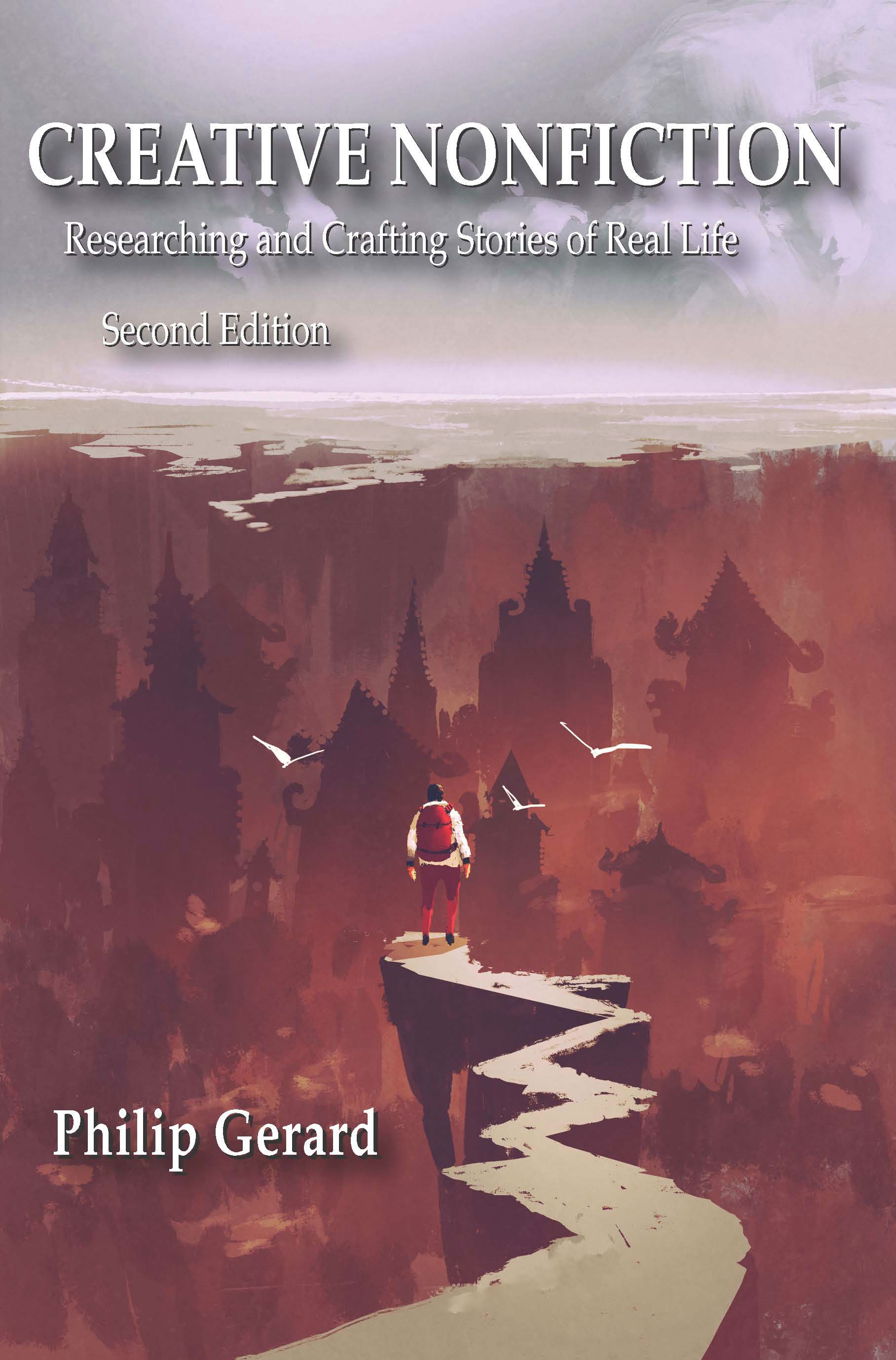“This is an incredible book filled with so much insight on the specific craft of creative nonfiction.” — Amy Schleunes, Johns Hopkins University
“Gerard provides a great, practical guide for students of creative nonfiction. I especially appreciated ‘The Art of the Interview,’ which offers clarity and useful tips on an aspect of CNF that is too rarely discussed.” — Julija Sukys, University of Missouri
“I love the text. Gerard is a leading voice in the field. Very insightful explanation of the art of crafting fiction ethos of creative nonfiction. Love the chapter about finding an original subject.” — Thabiti Lewis, Washington State University, Vancouver
“The students find it accessible and informative, and perhaps most importantly, unrestrictive.” — Abby Murray, University of Washington, Tacoma
"No one has taught me more about research and reporting in service to art than Philip Gerard. My copy of his Creative Nonfiction is a patchwork of sticky notes, underlined passages, and handwritten stars, checkmarks, and exclamation points. A writer spends so much time in solitude and uncertainty that a book like this is more than simply a guide. It is a relief, a reassurance, a rescue flare. With its clarity, insight, and good sense, it is a clarion call to what is possible within the genre." — Benjamin Rachlin, author of Ghost of the Innocent Man
"Philip Gerard was an essential instructor when I was writing my memoir back in 2013, and I'm thrilled to see his wisdom has been lifted from the classroom and distilled into these pages. Without him, I would have remained lost in the early stages of drafting. From early project conception to publication to issues of libel, Gerard saves us from our worst impulses and motivates us to tell the best truth we can. Keep this one on you at all times." — Garrard Conley, author of Boy Erased
"Creative Nonfiction is not only an excellent guide to writing well and an elegant example of the genre it describes — it’s also just a great read." — Leslie Rubinkowski, author of Impersonating Elvis and Director, Goucher College Low-Residency MFA Program in Nonfiction

211 pages, $19.95 list
1-4786-3530-4
978-1-4786-3530-7
© 2018
paperback
eBook availability
Similar Titles
Creative Nonfiction
Researching and Crafting Stories of Real Life
Second Edition
Writing creative nonfiction intertwines journalistic truth and literary techniques to tell a story that is clear, accurate, and exploding with meaning. Philip Gerard artfully guides readers through the entire creative nonfiction writing process, going beyond the technical basics to address topics such as ethics, voice, and structural integrity. In response to the genre’s evolution, the latest edition includes examples to illustrate how cultural changes have influenced the way writers conduct research, approach writing, and communicate during the production of their projects. Timely, engaging, and poetic, Creative Nonfiction is the practical manual every novice and seasoned writer will want on their bookshelf.
Winner of the North Carolina Award for Literature.
Winner of the North Carolina Award for Literature.
Reactions
1. What Is Creative Nonfiction Anyhow?
2. Finding an Original Subject
3. Researching
4. The Art of the Interview
5. On Assignment
6. What Form Will It Take?
7. Telling a True Story: Using the Techniques of Fiction
8. Putting Yourself on the Line: Autobiography, Memoir, and Personal Essay
9. Mystery and Structure, Style and Attitude
10. Revising—With and Without an Editor
11. Law and Ethics
2. Finding an Original Subject
3. Researching
4. The Art of the Interview
5. On Assignment
6. What Form Will It Take?
7. Telling a True Story: Using the Techniques of Fiction
8. Putting Yourself on the Line: Autobiography, Memoir, and Personal Essay
9. Mystery and Structure, Style and Attitude
10. Revising—With and Without an Editor
11. Law and Ethics